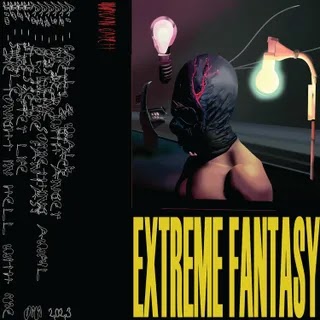The ambient icon and his younger brother, a well-known pianist in his own right, reveal the results of an intimate musical conversation stretching back 15 years.
Given Brian Eno’s experimental bona fides, there’s something uncharacteristically low-key, and even rather sweet, about this collaboration with his younger brother. Roger Eno, a well-known pianist in his own right, calls it “a back-and-forth conversation,” one that goes back 15 years: He would record musical sketches on his MIDI keyboard, then pass them on to Brian to manipulate. Yet you wonder if the album should have stayed within the family. Mixing Colours won’t harm the Enos’ elevated reputations, but it won’t enhance them, either.
The album’s main problem: an unmistakable blandness that is at odds with the audacity of so much of Brian Eno’s catalog. Mixing Colours couldn’t have been made in the 1970s, when Brian Eno debuted his landmark ambient recordings; MIDI was first released in 1983, after all. But it sounds like it could have been, raising inevitable and ultimately unfavorable comparisons to Eno’s classic work. Ambient 1: Music for Airports was revolutionary in concept, offering music that was “as ignorable as it is interesting” in a way that defied 20th century popular music’s constant demands on our attention. But Mixing Colours is too often just ignorable: pretty, safe, and eminently forgettable.
For all Brian Eno’s claims about Mixing Colours’ sonic palette—he has talked about using electronics to explore the spaces between the “islands” of classical instruments—the album’s musical texture is underwhelming, a world of wipe-clean surfaces and expensive echo that resembles a particularly laconic Air B-side. Most of the 18 songs rely on glowing synth patterns and treated piano, a mixture so subtly inviting you can almost forgive its bromidic surface. It doesn’t help that Mixing Colours begs comparison to Brian and Roger’s collaborative work on 1983’s Apollo: Atmospheres and Soundtracks, whose idiosyncratic character benefited from the metallic dash of steel guitar that Daniel Lanois added to tracks like “Deep Blue Day.” “Quicksilver,” in particular, seems to sport a hole where Lanois’ melodic edge should be.
With stylistic and atmospheric surprises in short supply, Mixing Colours relies on melody to do the heavy lifting. There are some beautiful moments: The second half of “Celeste” has a gorgeous, rolling refrain that topples about like a boat in the breeze, its movements reminiscent of Pep Llopis’ Mediterranean classic Poiemusia La Nau Dels Argonautes. “Desert Sand” is wonderful too, an unsettling piano figure introducing a feathery touch of dissonance, while “Obsidian” has the solemn, slightly pompous melancholy of the best church-organ music.
At times like these, Mixing Colours merits its place on respected classical label Deutsche Grammophon. But on the whole, the album is too inoffensive to leave much lasting impression. Over 18 songs, its initially appealing tastefulness becomes cloying and monotonous. Instead of the dynamism of mixing colors, the album mostly yields just a uniform pastel wash.
View the original article here
















0 comments:
Post a Comment